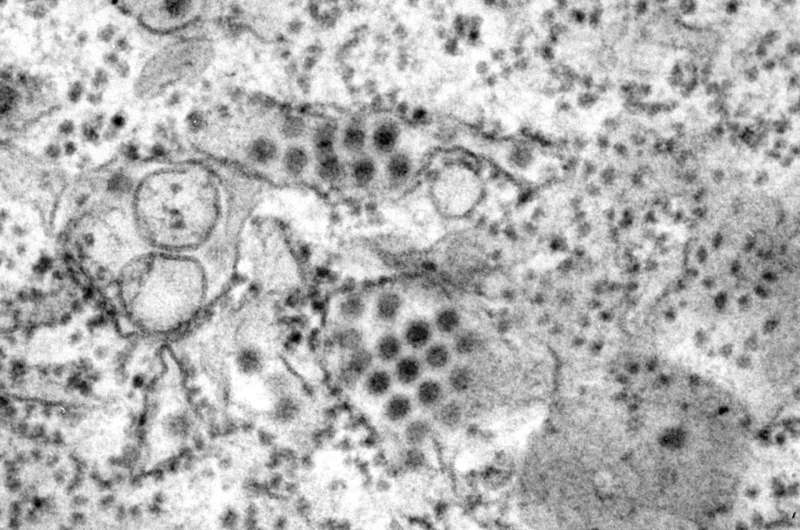New Kidney Molecular Atlas Reveals Lipid Signatures Linked to Renal Function and Disease

A new high-resolution molecular atlas of the human kidney reveals lipid signatures linked to renal function and disease, paving the way for improved diagnostics and targeted therapies.
A groundbreaking study has produced the most comprehensive molecular map of the human kidney, providing new insights into its cellular and biochemical organization. Utilizing advanced imaging mass spectrometry techniques, researchers from Vanderbilt University and Delft University of Technology created a high-resolution atlas detailing lipid distributions across various kidney structures. This initiative involved analyzing tissues from 29 donors, examining over 100,000 functional units such as glomeruli, tubules, and ducts, to identify specific lipid biomarkers associated with different nephron components.
The study leveraged Matrix-Assisted Laser Desorption/Ionization (MALDI) imaging combined with interpretable machine learning to link lipid profiles to anatomical features. Notably, particular sphingomyelins were enriched in filtration regions like glomeruli, while sulfatides and phosphatidylserines correlated with nutrient reabsorption areas, such as the loop of Henle and proximal tubules. The atlas also explored variations in lipid types based on sex and body mass index, pinpointing biomarkers like arachidonic acid-containing phospholipids for sex-specific physiology and lipid alterations linked to obesity.
Spraggins, one of the senior authors, likened the map to a "Google Maps" for the kidney, offering a detailed spatial understanding that could guide more precise interventions. The dataset is freely accessible through NIH's Human Biomolecular Atlas Program (HuBMAP), promoting further research and hypothesis generation.
This comprehensive lipid atlas not only enhances the understanding of kidney architecture and function but also opens avenues for identifying novel diagnostic markers and targeted treatments for kidney diseases. By establishing a molecular baseline, researchers can now compare healthy tissues with diseased ones to detect lipid perturbations underlying various pathologies, potentially leading to more personalized and effective therapies.
This innovative approach marks a significant step towards integrating lipidomics into clinical practice, transforming how organs are studied and understood at the molecular level.
Stay Updated with Mia's Feed
Get the latest health & wellness insights delivered straight to your inbox.
Related Articles
Cellular Signature Unveiled as Key to Prostate Tumor Treatment Resistance
A groundbreaking study uncovers a cellular signature linked to prostate tumor resistance, paving the way for personalized treatments and earlier chemotherapy interventions.
Risk of Dengue and Chikungunya Becoming Endemic in Europe Due to Climate Change
Climate change is driving the spread of dengue and chikungunya mosquitoes into Europe, increasing the risk of endemic transmission of these tropical diseases across the continent. Learn about the latest research findings and potential future impacts.
Urgent Need for Regulatory Action on Vape Device Design to Prevent Young Māori Vaping
Research highlights how discreet vape device designs promote normalization and uptake among young Māori, urging urgent regulatory action to curb youth vaping.
New Therapeutic Target Identified to Prevent Breast Cancer Relapse by Eliminating Dormant Cells
Canadian scientists have identified PIK3C3 as a key protein for dormant breast cancer cell survival, paving the way for therapies to prevent metastasis and relapse. This breakthrough offers new hope for reducing recurrence and improving long-term outcomes for breast cancer patients.



